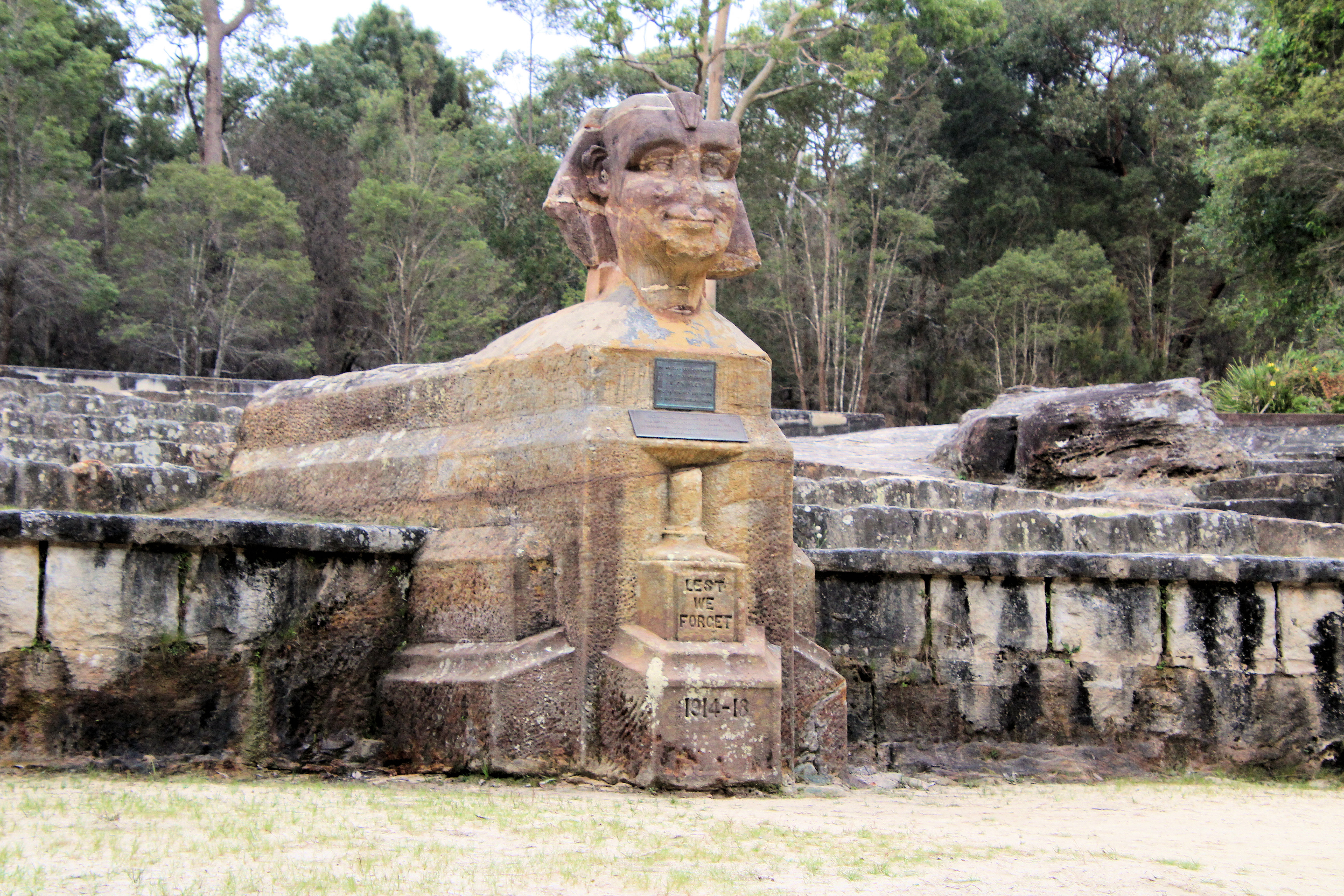Category: Central Coast
-
Sphinx Memorial Ku-ring-gai Chase National Park

Sphinx Memorial Ku-ring-gai Chase National Park Located near the North Turramurra Gate and the Lady Davidson Private Hospital, the Sphinx Memorial commemorates the fallen soldiers of World War One. Restored and rededicated in 1995, the memorial now has had a new lease of life. Made from local sandstone by 5756 Private W. T. Shirley as… Read more
-
Long Jetty on the Central Coast

Located next to The Entrance on the Central Coast, Long Jetty is a quiet coastal spot with some great scenery to enjoy. We found parking easy all along the foreshore but, imagine it would be busy during holiday periods. Our first stop was Toowoon Beach for a coffee overlooking the beach while we relaxed after… Read more
-
Great North Road Convict Trail

Built between 1826 and 1834 by convict labour the Great North Road was one of the first great projects undertaken by the colony of New South Wales. It was built to connect Sydney with Newcastle and the Upper Hunter Valley. Some of the stonework for culverts, buttresses and bridges can still be seen today. Getting To… Read more